Understand What Foreign Transaction Fees Really Are
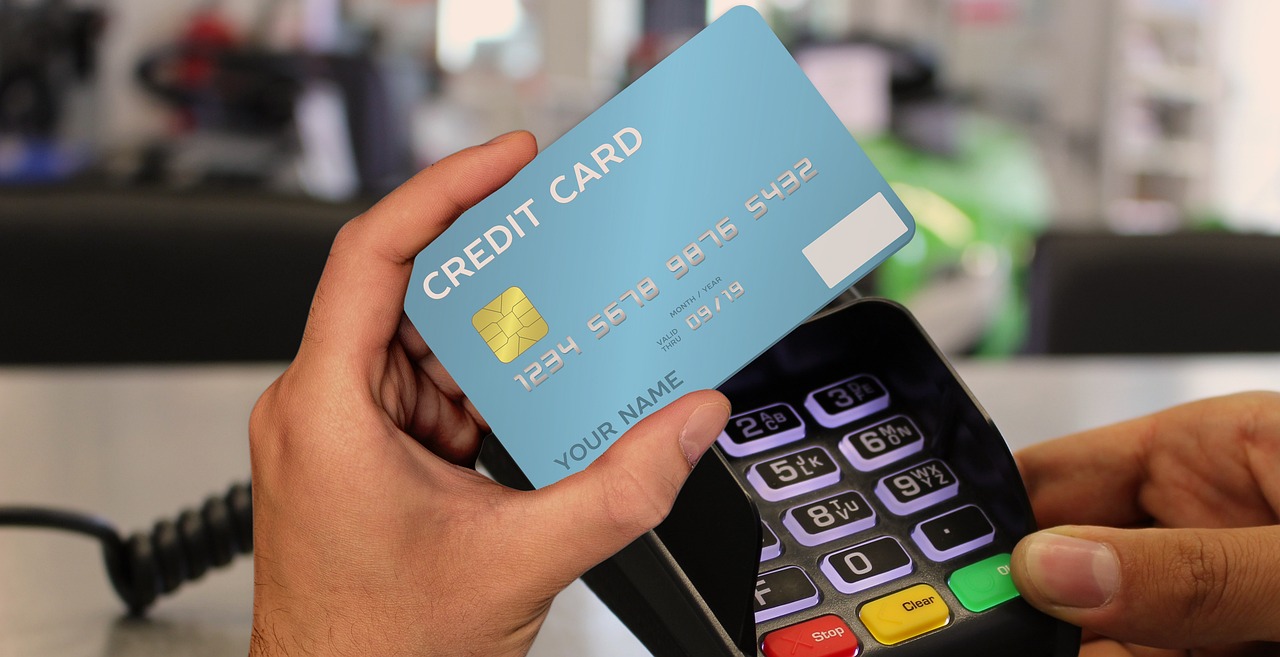
Foreign transaction fees can sneak up on travelers, turning a dream vacation into a costly surprise. These are extra charges, usually between 1% and 3%, that your bank or credit card company adds every time you make a purchase in another currency. If you spend $2,000 on your trip, a 3% fee means $60 lost for nothing. Many people don’t even realize they’re paying these fees until their statement arrives. Banks often bury these details in tiny print, making it easy to overlook. Knowing about these fees ahead of time helps you plan and saves you money. Some banks even add an extra “processing fee” on top, pushing costs even higher. The first step to saving is simply being aware that these fees exist and checking your card’s fee policies before you go.
Choose Credit Cards Without Foreign Transaction Fees
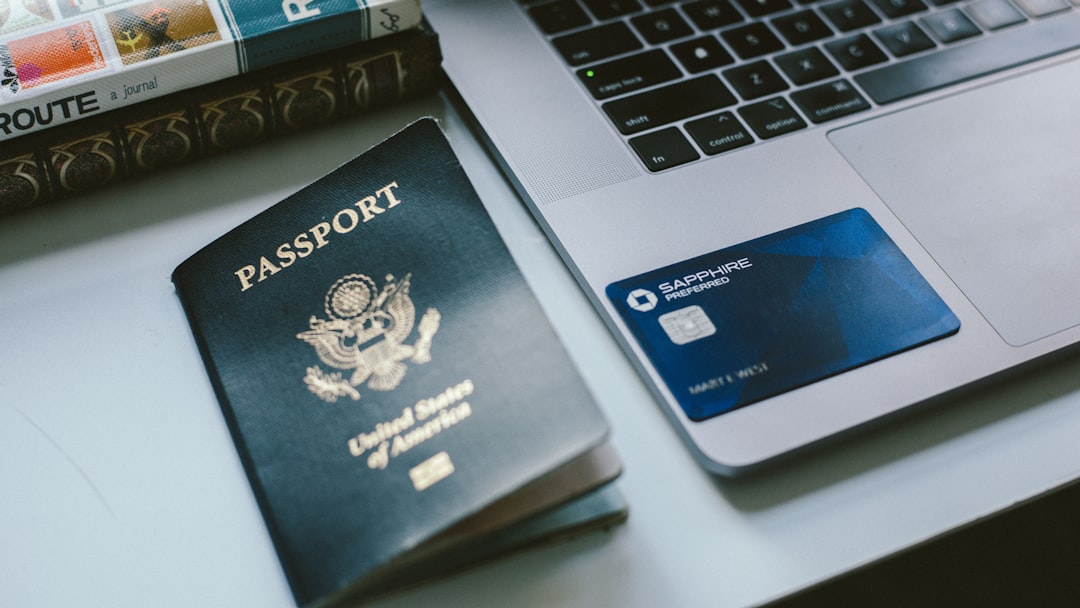
The simplest way to avoid these fees is to use credit cards that don’t charge them at all. In 2023, CreditCards.com found that nearly 40% of credit cards waived foreign transaction fees, giving travelers more choices than ever. Well-known cards like the Chase Sapphire Preferred, Capital One Venture, and American Express Platinum are popular for this reason. These cards also often come with travel rewards or perks, which can mean even more savings. Make sure you apply well ahead of your trip, as approval and delivery can take time. It’s important to read the terms carefully, since benefits and offers can change from year to year. If you already have a credit card, check your agreement or call customer service to ask about fees. Using the right card can save you hundreds of dollars on a long trip.
Withdraw Cash Smartly from ATMs
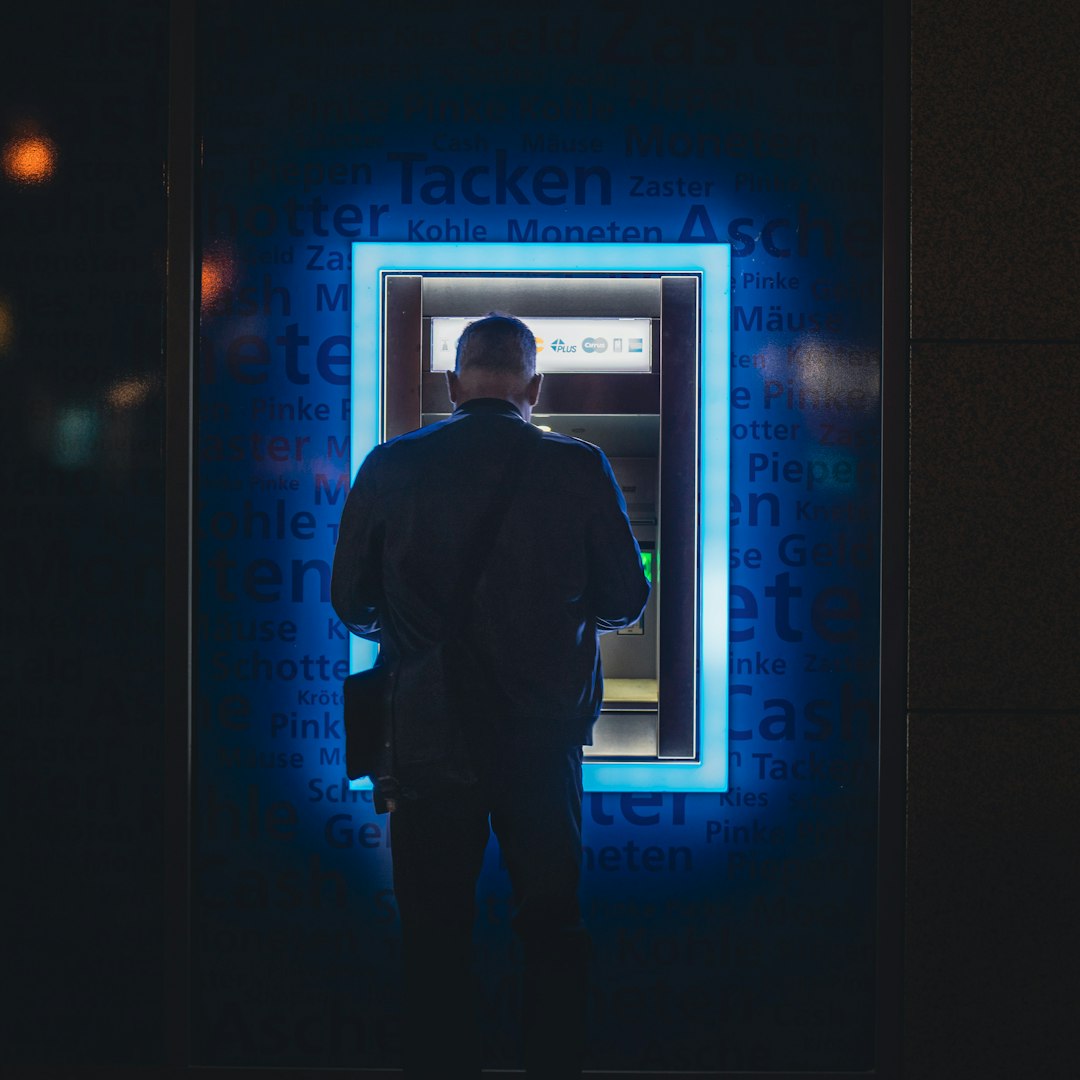
Getting local cash from ATMs is a smart move, but only if you use the right machines. Many major banks partner with international ATM networks, letting you withdraw money with low or no fees. The World Bank’s 2023 report stated that using your home bank’s partnered ATMs could save up to 5% compared to traditional currency exchange booths. Always look for ATMs at reputable banks rather than standalone machines in tourist spots, which often charge hidden fees. Withdraw larger amounts at once to cut down on repeated charges. Before leaving, tell your bank about your travel plans to avoid having your card blocked for “suspicious activity.” Some banks also offer special travel accounts with no international ATM fees. Remember to check both your own bank’s fees and those of the ATM operator before you confirm a withdrawal.
Steer Clear of Currency Exchange Counters
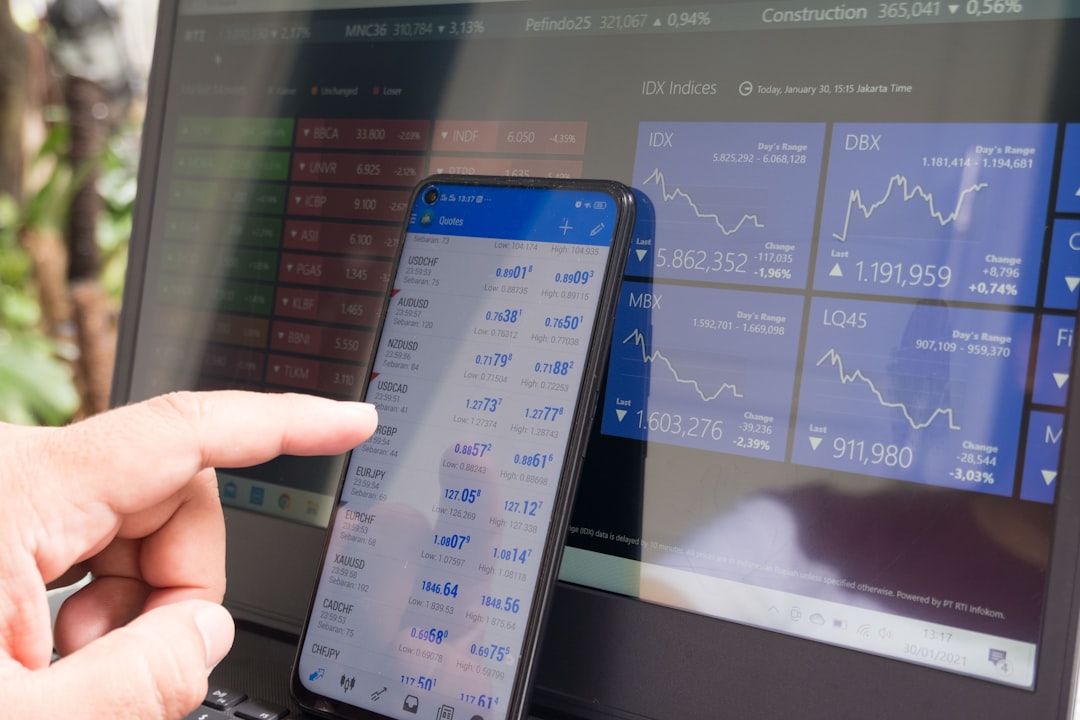
Currency exchange services found at airports, hotels, or tourist centers might look convenient, but they’re often the worst place to get your money changed. According to the U.S. Department of State, these services can charge up to 10% in hidden fees and commissions. On a $500 exchange, that’s $50 simply disappearing from your pocket. The rates are almost always worse than what you’d get from an ATM or paying by card. If you must use cash, try to exchange money at a local bank branch rather than a kiosk. Always ask about the rates and any extra charges before handing over your money. Some services advertise “no fee” exchanges but make up the difference with terrible rates. It pays to shop around, even if it takes a little more effort.
Always Pay in Local Currency When Given the Choice
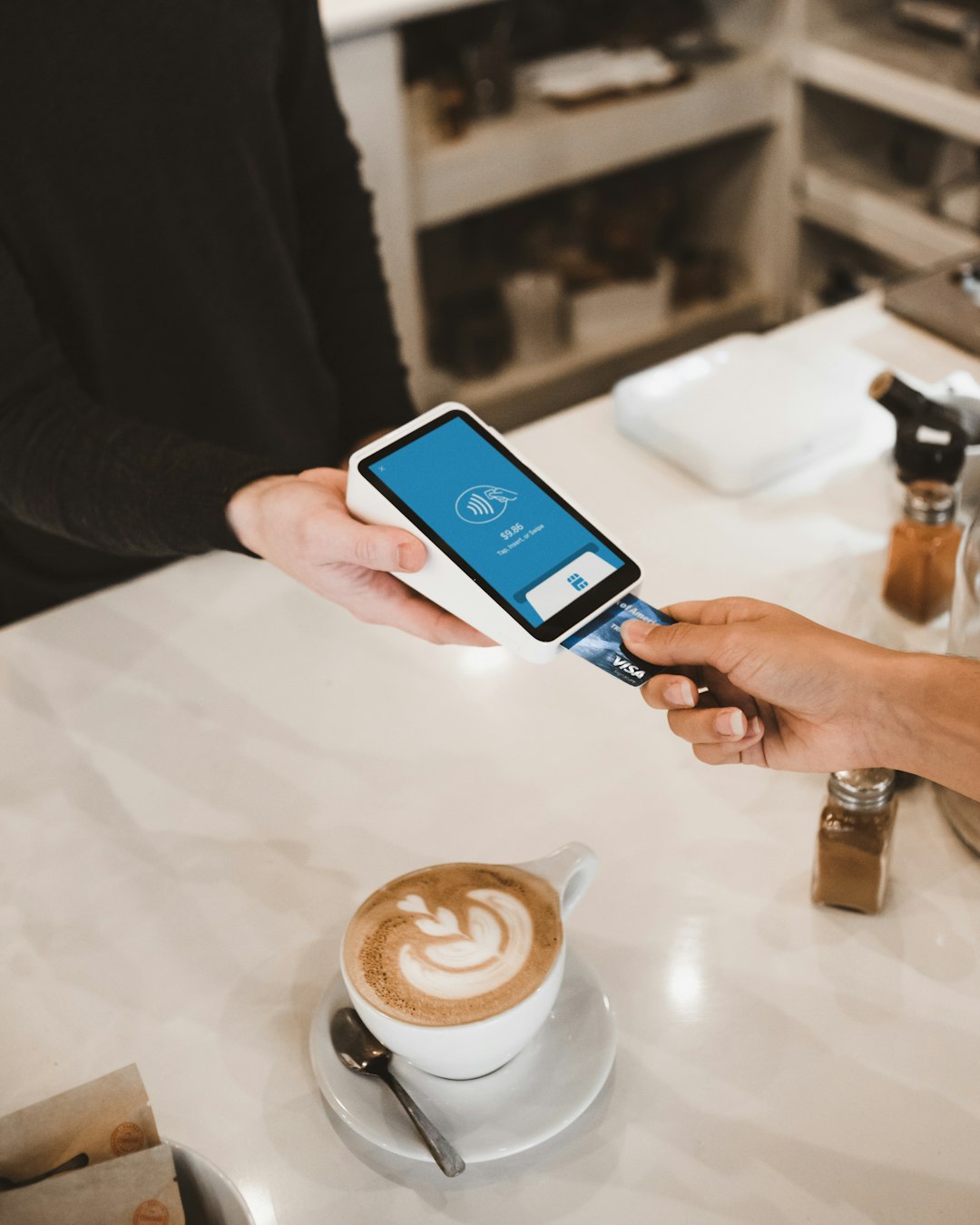
When using your card abroad, merchants sometimes ask if you want to pay in your home currency or the local one. It sounds friendly, but it’s actually a trick called Dynamic Currency Conversion (DCC). A 2023 survey by the Consumer Financial Protection Bureau found that travelers could lose up to 5% extra on every purchase this way. Paying in local currency means your bank handles the exchange, usually at a better rate. If you choose your home currency, the merchant’s bank sets the rate and may add extra fees. Always say “local currency” at restaurants, shops, and hotels. If you’re confused, ask the cashier or check your receipt before you sign. This one simple choice can save you a surprising amount of money on your trip.
Let Your Bank Know Where You’re Going

Before you pack your bags, let your bank and credit card company know where and when you’ll be traveling. J.D. Power’s 2023 travel study found that 30% of travelers had their cards blocked or flagged for fraud because their banks didn’t expect international charges. A quick phone call or online notification can keep your accounts open and running smoothly. While you’re at it, ask if your bank offers any special policies or travel benefits for international travelers. Some banks temporarily reduce or even remove fees if you notify them. This step also helps you learn about any extra charges or limits that might apply. It’s a small detail that can prevent big headaches and keep your money accessible when you need it most.
Learn the Payment Habits of Your Destination

Every country handles money a little differently, and knowing the rules can help you avoid fees. The International Monetary Fund’s 2023 report showed that in some places, cash is still king—especially in rural areas or smaller towns. In contrast, big cities in Europe or Asia often prefer cards. Before you travel, research whether you’ll need cash, cards, or a mix of both. Some countries add “service charges” for credit card payments, while others give discounts for cash. Tipping practices also vary, and some places include tips automatically in your bill. Look up local customs online or ask your hotel staff for advice. Being prepared means you’ll never be caught off guard at the checkout counter.
Try Out Prepaid Travel Cards

Prepaid travel cards can be a lifesaver if you want to stick to a budget and avoid surprise fees. According to the Financial Consumer Agency of Canada’s 2023 study, these cards let travelers load a set amount in their home currency, then convert it to local money at a locked-in rate. This means you know exactly how much you’re spending, and there are no surprises when you get home. Prepaid cards are also safer than carrying large amounts of cash, and they often come with fraud protection. However, be sure to read the fine print—some cards charge fees to load money or use ATMs. Always check the exchange rate you’re getting when you load the card. If you’re traveling to multiple countries, look for multi-currency cards for extra flexibility.
Track Your Spending Every Day
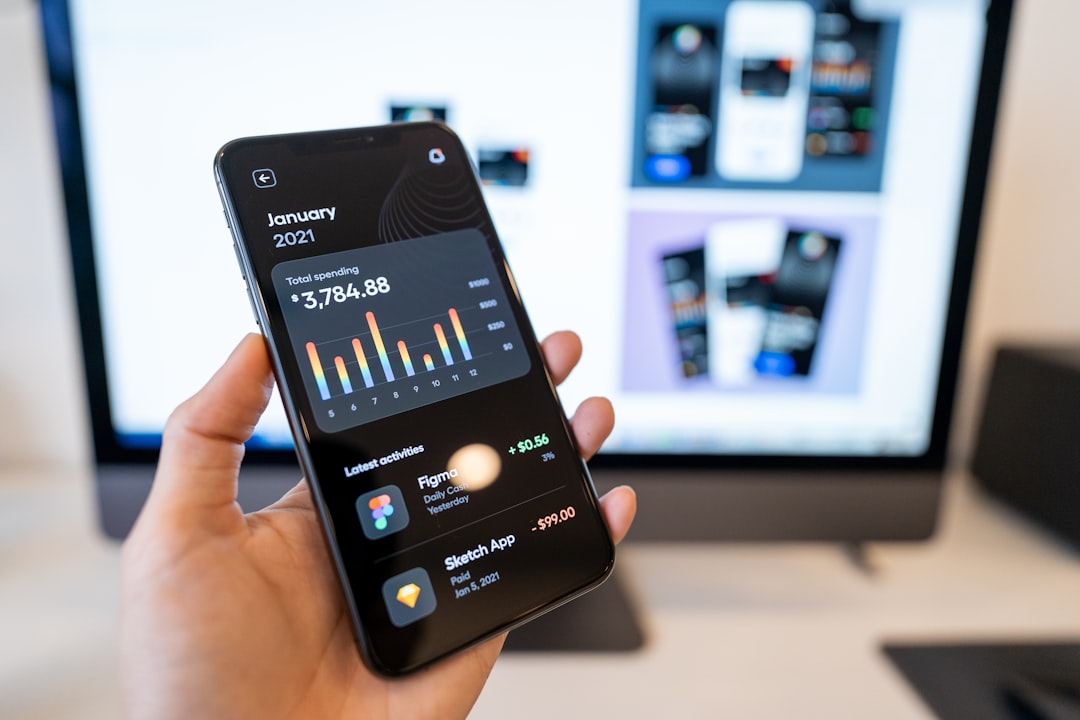
Staying on top of your expenses is easier than ever with modern banking apps. Bankrate’s 2023 survey found that 60% of travelers used mobile apps to track their spending while abroad. Set a daily budget before you leave and stick to it as closely as possible. Many apps let you see your transactions in real time, so you can spot any strange charges or fees immediately. Some budgeting apps even let you track spending in different currencies, making life much simpler. If you notice unexpected charges, contact your bank right away. Reviewing your account regularly can also help you spot ATM or merchant fees you didn’t expect. The more aware you are, the less likely you’ll be to overspend.
Keep an Eye on Exchange Rates
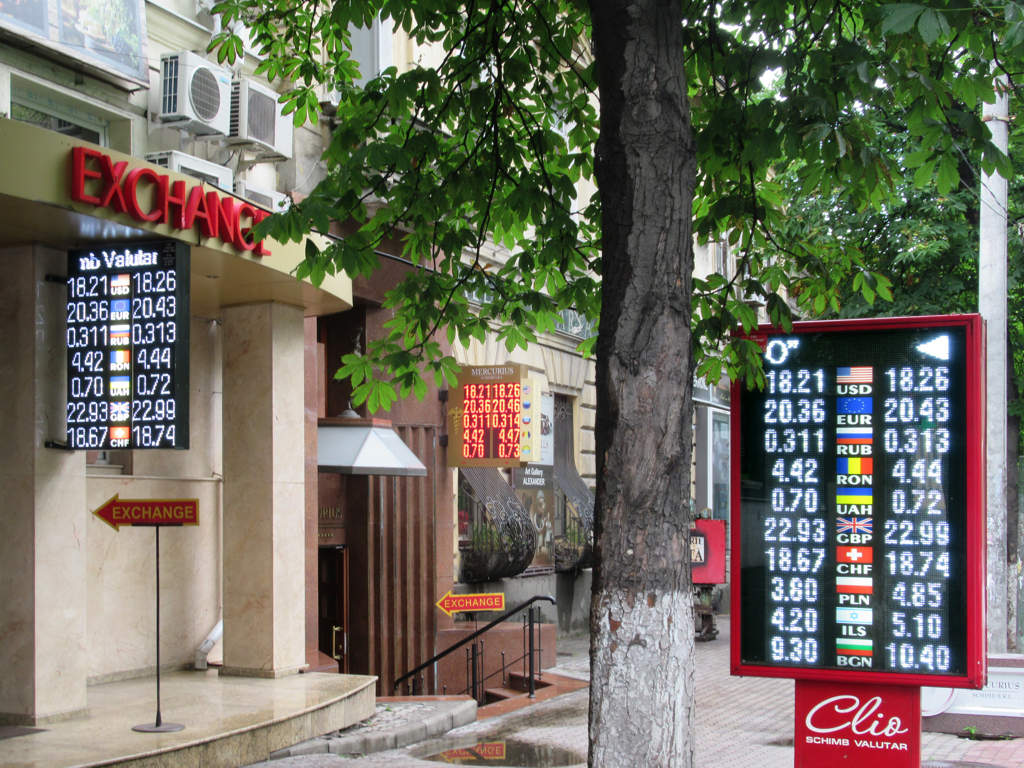
Knowing the latest exchange rates can make a big difference in how much you end up paying. XE.com’s 2023 report highlighted that being aware of daily rate changes helped travelers decide when to exchange money or make big purchases. Many financial apps and websites update rates in real time, so it’s easy to check before you buy. Merchants sometimes offer to exchange money for you, but their rates are usually worse than the official ones. Use your knowledge to say no to bad deals. If the rate changes suddenly, consider waiting to make a large withdrawal or purchase. Being informed can save you money, especially on longer trips or when exchanging large sums.
Consider Using Mobile Payment Apps Abroad

Mobile payment apps like Apple Pay, Google Pay, and Samsung Pay are becoming more widely accepted worldwide. In some countries, mobile payments are more common than credit cards or cash. These apps often use the same favorable exchange rates as your credit card and usually don’t add extra foreign transaction fees. Before you travel, check if your destination accepts mobile payments and whether your cards are compatible. Add your cards to the app and test it before leaving home. Some banks even offer special promotions for mobile payments abroad. Using your phone can also add an extra layer of security, since you don’t have to hand over your card to strangers.
Ask About Fee Waivers and Special Travel Offers

Many banks and credit card companies offer temporary fee waivers or travel packages for customers who are going abroad. Sometimes, all it takes is a phone call to activate these benefits. Ask your bank if they have any special offers for international travelers, such as reduced ATM fees or bonus rewards. Some cards offer free travel insurance or emergency cash assistance as well. Check the details before you leave, as some benefits require advance registration. If your bank doesn’t offer travel-friendly perks, consider switching to one that does. Being proactive can open the door to hidden savings and extra peace of mind.




